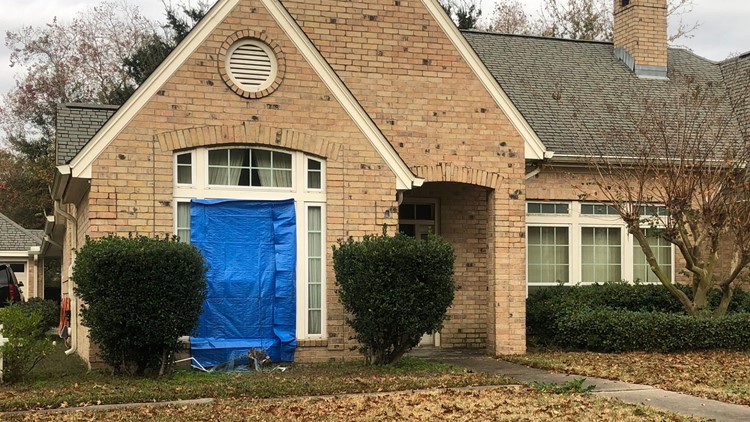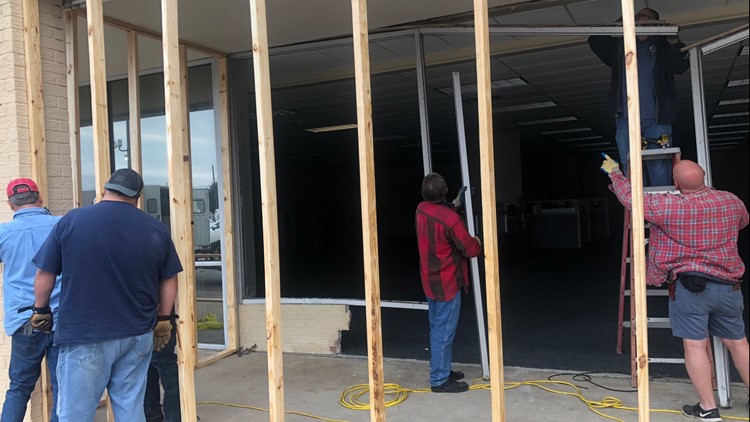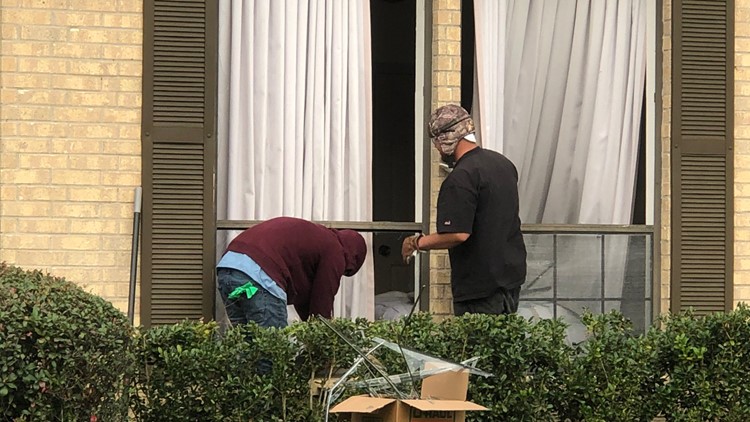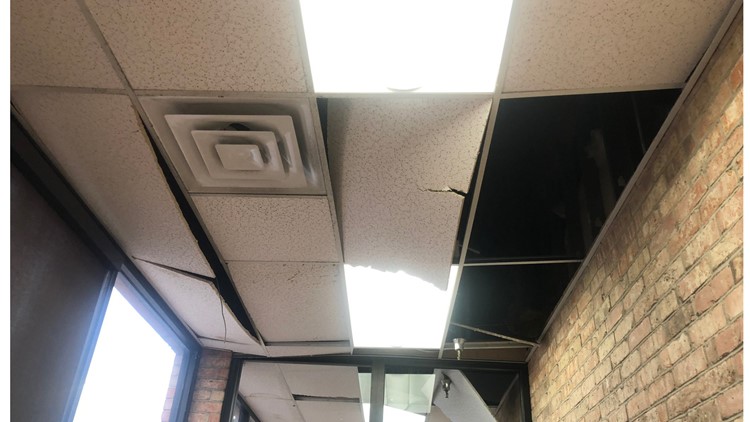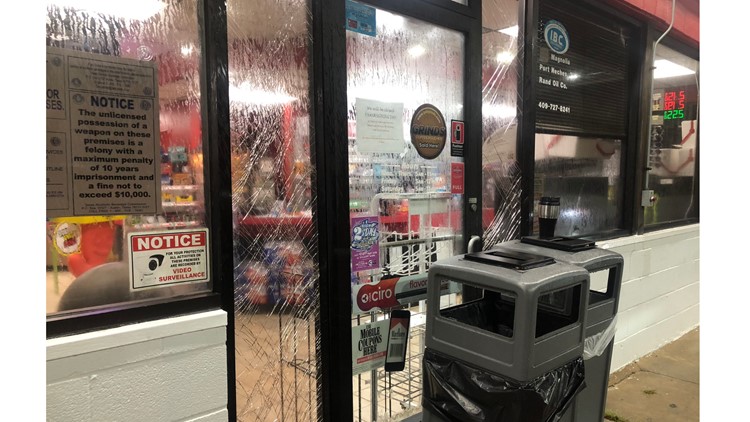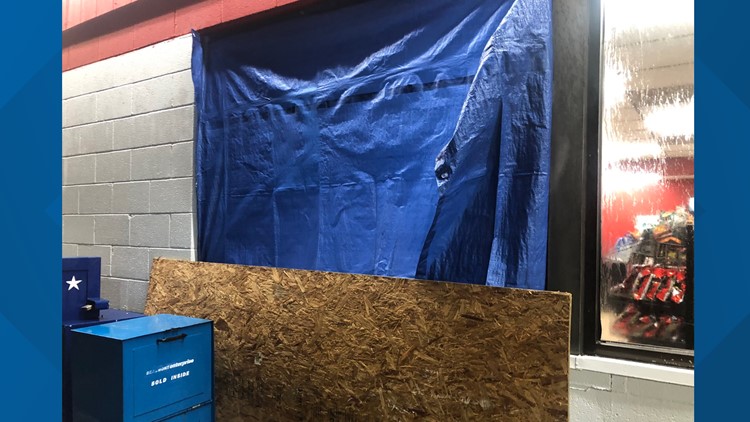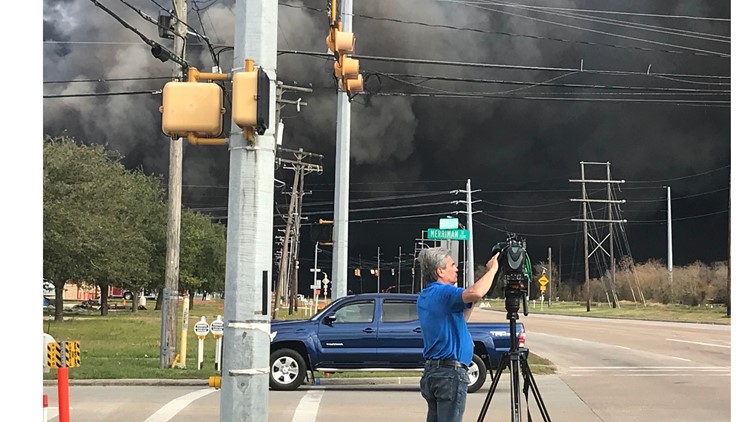PORT NECHES, Texas — More than three years after an explosion rocked the city of Port Neches, the U.S. Chemical Safety and Hazard Investigation Board (CSB) released its final report on the 2019 explosions and fires at the TPC Group Port Neches Operations facility Chemical Plant.
The initial explosion happened on November 27, 2019 just before 1 a.m.
Officials with the CSB said the incident occurred when a “piping section ruptured, releasing highly flammable butadiene that quickly ignited,” according to a CSB release. The pressure wave that resulted from it destroyed parts of the facility and injured two TPC employees and a security contractor.
The resulting blast was felt up to 30 miles away and damaged nearby homes and buildings. Process fluid that continued to leak from damaged equipment fueled fire that burned for more than a month.
“The incident at TPC was the result of a known safety hazard – popcorn polymer – that was poorly managed and controlled at the facility,” Steve Owners, chairperson for CSB said. “The result was a catastrophic incident that caused hundreds of millions of dollars in damage to the facility and nearby homes and businesses and resulted in a mandatory evacuation being ordered for everyone within a four-mile radius of the facility.”
According to the final report, the popcorn polymer accumulated in a temporary “dead leg” in piping. The dead leg was created when a process pump was taken out of service for several months, according to the release.

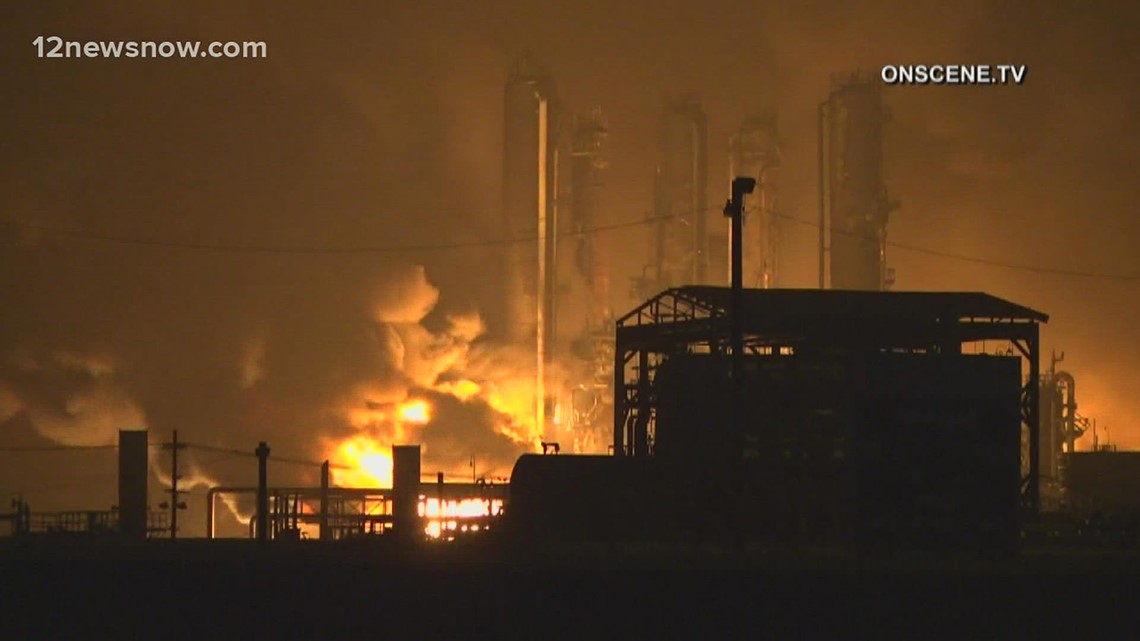
Popcorn polymer can form in equipment when oxygen and butadiene react.
The CSB’s investigation found four safety issues that contributed to the 2019 explosions and fire:
- Dead leg Identification and Control
- Process Hazard Analysis (PHA) Action Item Implementation
- Control and Prevention of Popcorn Polymer.
- Remotely Operated Emergency Isolation Valves
The following statements are how the CSB said the above issues contributed to the 2019 explosions and fire:
- The TPC facility had a procedure in place to minimize popcorn polymer hazards associated with dead legs. But that dead leg procedure did not identify all potential temporary dead legs within the unit, including the one that eventually ruptured. Further, the American Chemistry Council’s (ACC’s) Butadiene Product Stewardship Guidance Manual does not contain information on the potential consequences of dead legs or how companies should identify, control, or prevent them.
- A 2016 PHA of the butadiene process at TPC recommended that piping associated with out-of-service equipment be flushed monthly. Yet, his recommendation, which could have helped to flush popcorn polymer out of the dead leg piping that ultimately ruptured, was never implemented.
- The CSB determined that TPC did not have sufficient internal policies to lead employees to shut down and clean the butadiene unit after it experienced exceedingly high levels of hazardous popcorn polymer. The CSB also determined that additional guidance in ACC’s Butadiene Product Stewardship Guidance Manual providing mitigation strategies that companies should follow when popcorn polymer is identified could help prevent future incidents.
- The CSB found that there were no remotely operated emergency isolation valves installed on equipment that was part of TPC’s butadiene process. Had such valves been installed, the initial release from the ruptured piping could have been minimized and some of the subsequent explosions may have been prevented.
The CSB has made a recommendation to the TPC Group as a result of the incident. They are encouraging TPC to develop and implement a process to identify and control or eliminate, dead legs in high-purity butadiene service.

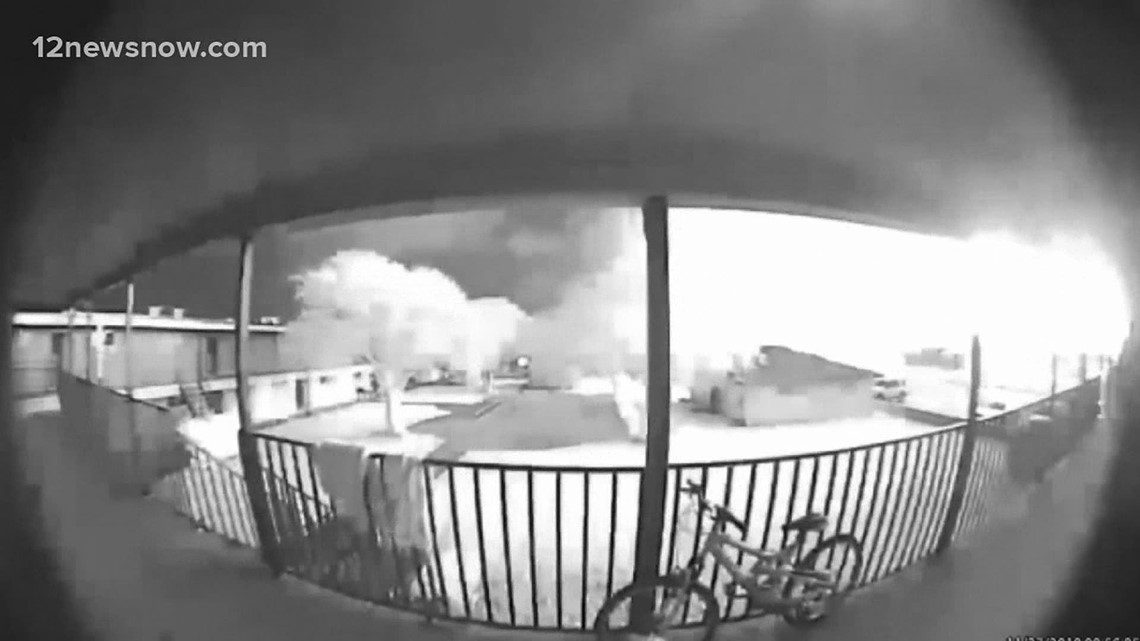
Thousands of families who sued the company are still waiting for justice. Lawyers have filed more than 1,000 individual lawsuits since the TPC explosion.
In June 2021, the company filed for bankruptcy protection in the state of Delaware. TPC's chapter 11 bankruptcy automatically paused the lawsuits, creating a new challenge.
TPC’s bankruptcy could potentially be finalized in December, allowing for other lawsuits to proceed.
The company now uses what's left of the Port Neches plant as a terminal to process chemicals.
Damage from explosions that rocked Port Neches
Also on 12NewsNow.com ...



